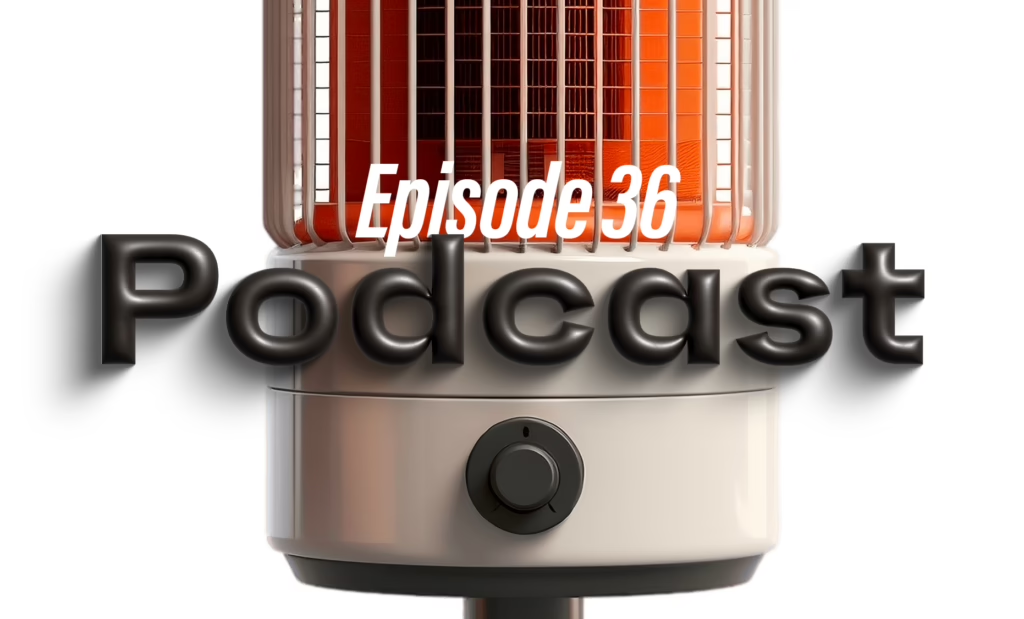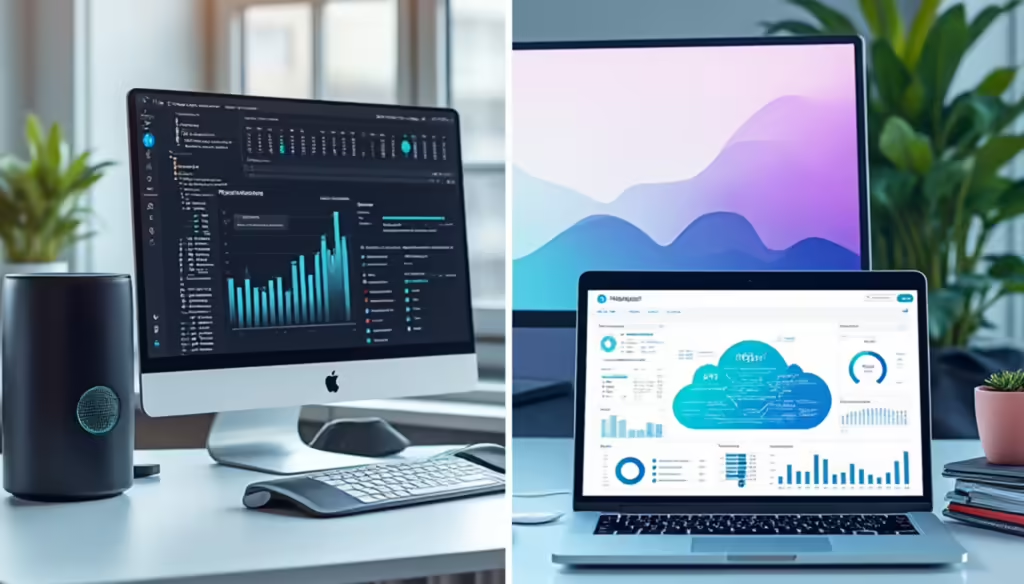With Laurier Mandin and Darshan Mehta
It’s not unusual for product makers to be terrified by the mere notion of product validation. Often over-invested emotionally and financially in the product, they’re afraid of what they might learn. And many lack confidence in their approach to conducting validation research.
But the learning will come one way or another, Darshan Mehta points out. And far better to get as many insights as possible early on, while there is time to make changes and the cost of doing so will never again be so low.
There is nothing worse than learning once a product is IN the market that it has fatal flaws—except for discovering equally far along that nobody wants to buy it!
Darshan Mehta is the founder of iResearch, and author of “Getting to Aha!: Why Today’s Insights Are Tomorrow’s Facts.” In this episode, he explains the fascinating nature of insights, and how they can help validate product ideas and lead to meaningful discoveries for improvements. At iResearch, Darshan has created a unique resource for conducting cost-effective and insightful online focus groups via chat, anywhere in the world and in any language.
Whether you are considering traditional focus groups, surveys, or interviews with prospective users, you’ll find Darshan’s advice timely and helpful.
It might even fast-track the “Aha!” moment you really need.
Episode Highlights:
• Why we do product research (01:00)
• How insights predict the future (03:50)
• The real-world masters of testing and iteration (04:45)
• Fatal research flaws of product giants (05:37)
• Focus groups come in various forms (07:55)
• When customers are never wrong (09:36)
• Listen now or learn later: take your pick (11:21)
• Finding the people who represent your market (13:40)
• Learning to recognize and tap into insights (15:45)
• Conducting research without focus groups (16:46)
• The downside of analytics (18:29)
• Using insights to fill important gaps (19:04)





